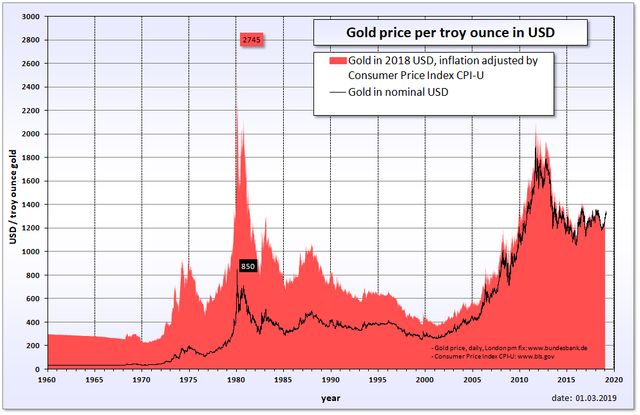TYPES OF FINANCIAL MARKET MISCONDUCT

Market manipulation is a big concern for investors. Market manipulation is when the price of a security is artificially inflated or deflated by a group or individual in order to deceive investors and gain profit. A stock price can be manipulated by leaking misleading or incorrect information about a company, limiting the number of shares available to the public or changing trades, quotes or prices in order to create a false demand for a security. Monitoring these malicious actions is very important. A market should ensure integrity, transparency and stability for the benefit of all participants. That is why managing the risks involved with the stock market is such a significant task. A market that is free from all manipulation is crucial for nurturing a stable environment, not only for the benefit of the individuals and companies involved, but for the economic growth of the country itself.1
More broadly, market manipulation can be defined as any interference with genuine supply and demand of a stock for an illegitimate or deceptive purpose. Market manipulation can come in three different types:
Trade-based manipulation: A manipulator actually completes a transaction with the goal of influencing the stock price. This can be used to make the stock price more favorable for the manipulator. An example of this manipulation is when an oil trader buys all of the supplies of a certain type of oil and keeps them in order to push the price up. Another example is when a buyer and seller agrees to trade at an artificially high or low price. This will influence the price at which other trades occur. A “wash trade” is when a manipulator buys and sells the same stock to mislead other traders in thinking that the stock is more actively traded than what it really is.
Information-based manipulation: An individual or group persuades others that the price of a stock is not the actual or current price. The stock can be misleadingly presented as more valuable than what it actually is using false information. An example of this type of manipulation is “pump and dump” manipulation. “Pumping up” is when a seller talks up the value of a stock they are holding. Then the stock is “dumped” or sold into the market at an artificially high price. Another example is when a manipulator “shorts” the stock by spreading false information about the stock to buy it back at a lower price.
Action-based manipulation: A manipulator uses actions other than trading to change the price of a stock. A classic example of this type of manipulation is the Harlem railway corner. In this case, the New York council passed a decree allowing the railway company to build a streetcar in certain areas of New York City. This increased the price of the stock greatly. Some of the council aimed to profit by selling this stock short and revoking the decree. This forces the price of the stock down by an action other than trading. Another example is when manipulators play with the value of their own company stocks. The managers of American Steel and Wire Company shorted their stock and then closed the company’s steel mills. After announcing the closure, the stock price fell. The managers then covered their shorts and reopened the mills causing the price to rise again. These two examples are just some of the ways manipulators can impact a prices through actions other than trading.2
Next post we will discuss over two dozen ways people (other traders, your broker and your exchange) use to cheat you in trading.
Technical Whitepaper v. 2.0.1, Proof of Enquiries & Trades (PoET)
Haya A Al-Thani, DETECTING MARKET MANIPULATION IN STOCK MARKET DATA
Source Link: https://sip.iob.llc/#/post/4028e2a76a578832016a5ff0580e0090